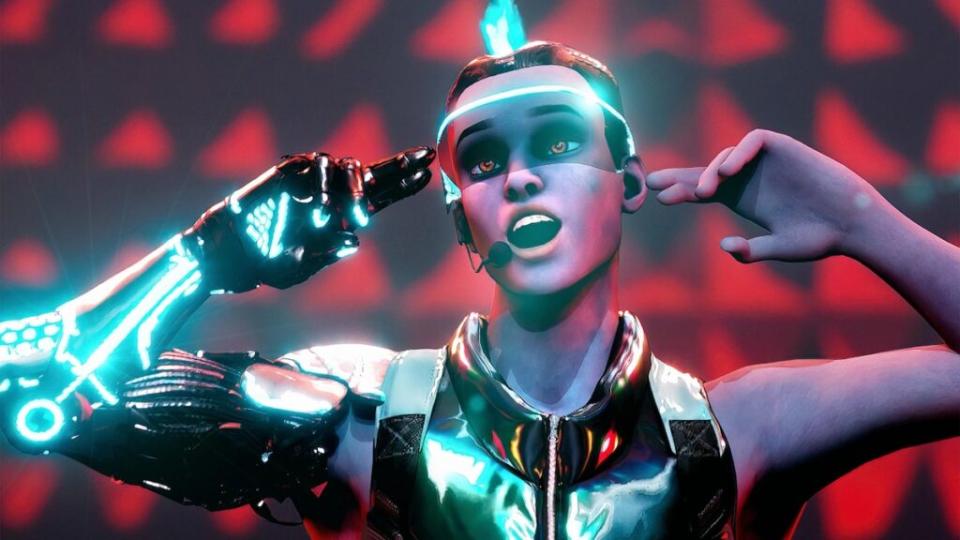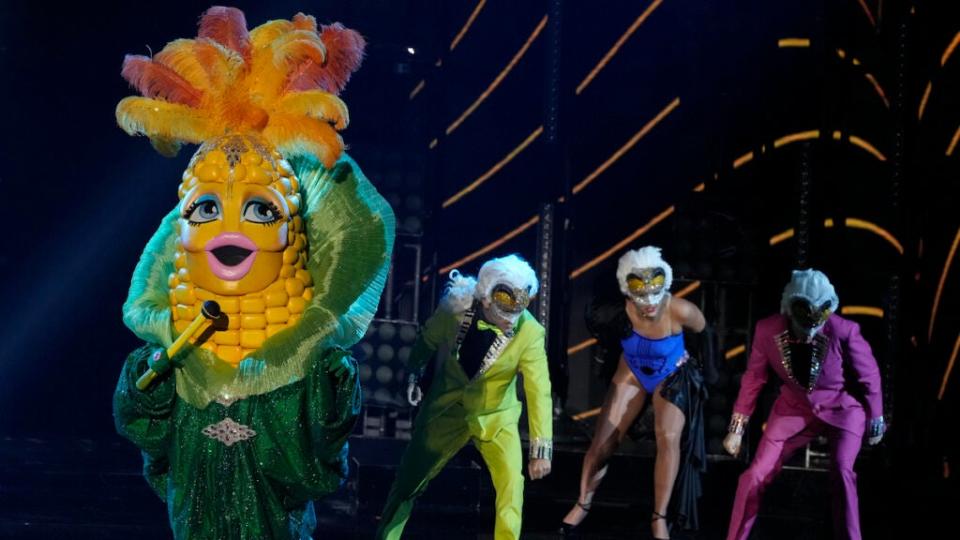How VR Can Bring the ‘Reality’ Back to Reality Television | PRO Insight
For many people, “reality television” feels anything but real. Overproduced and manufactured social experiments feel inauthentic. Ironically, having entirely digital artificial worlds has the power to elicit more authentic emotional reactions and honesty than a plywood set house.
In order to reclaim the “reality” part of reality TV, producers must actively enable participants to be their most authentic selves. A number of new shows are pushing forward formats that elevate the importance of character and capability above confounding variables such as physical appearance. Both “Love Is Blind” from Netflix and NBC’s “The Voice” have explored how to extricate people from external biases, but this approach has yet to be pushed to its fullest potential.
Artificial worlds, real people
In order to elevate this premise of complete authenticity to its greatest potential, it’s imperative to remove any and all obstacles that people may face from the real world.
Enter HyperReality, where virtual reality and gaming technologies are used in the production of television. In this new wave of TV, series casts are instead immersed into entirely artificial worlds.

Creating a universe means that producers have an entirely clean slate with infinite possibilities, and have complete control in the shaping of a series. In HyperReality, there’s no limit to the ways that relationships, challenges and identities can be explored. While it may seem counterintuitive to turn to the fake to bring out the “real” in people, plenty of research suggests that anonymity can bring out personality traits — both positive and negative — that wouldn’t normally be exhibited in real-life interactions.
Digital avatars, custom-created to express a participant’s true essence and imported into the show’s universe with real-time motion capture technology, takes the approach of previous show’s elements of anonymity and turns the dial up to the max. This new layer also enables showrunners and producers to remove the barriers and preconceived notions formulated from the real world. Freed from these constraints, for better or worse, participants are empowered to be their most vulnerable and truest selves.
Driving the genre forward
Producing a series that takes place in the virtual world and uses digital avatars may feel like a distant leap into the future, however some traditional shows like “The Masked Singer” are already using artificial tricks and tools to mask reality. Virtual Production methodologies have already hit the main stage in film and dramatic TV, with LED volumes popping up all around the world. The logical next step is unscripted content.

We can explore this concept by examining the unscripted subgenre of dating shows. Rather than the classic picnic on the beach, what if prospective partners are instead transported to a submarine in the depths of the ocean? Rather than classic ice-breakers, they test their compatibility by fighting off a number of deep-sea monsters in a race back to the surface.
Placing contestants into an unfamiliar environment like this, having never met before, adds stakes for both the participants and the viewers. Once we strip away the vanity of physical attraction, will surviving a stress test like this spark real romance or will it extinguish a love story before the two have met in person?
Also Read:
Why VFX Companies Want to Craft Your Hyper-Real Avatar for the Metaverse
This can be achieved through virtual production techniques such as motion capture, the addition of simulated environments, and real time visual effects — all of which enable seamless transitions across challenges and worlds.
Ultimately, there will always be aspects of reality TV that are, in some way, facilitated. Producers and studios select their casts and their premises. But through these technologies, there’s an emerging opportunity to move beyond interventions and post-production story arcs that can instead amplify the human experience and showcase raw emotion. HyperReality is, at its core, creating the most unreal circumstances imaginable, but it’s through these conditions that we discover who we truly are.
Also Read:
Reality Dating Shows: What’s Love Got to Do With It? These Days, Not a Lot


